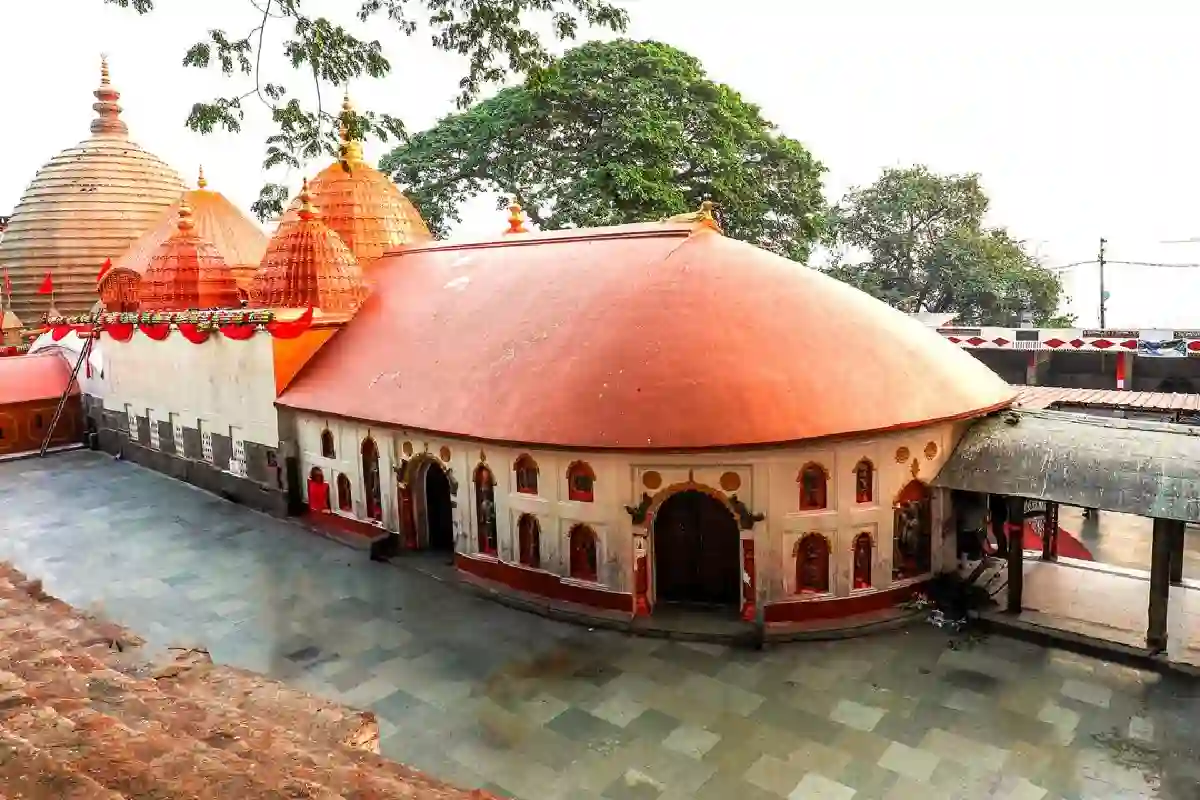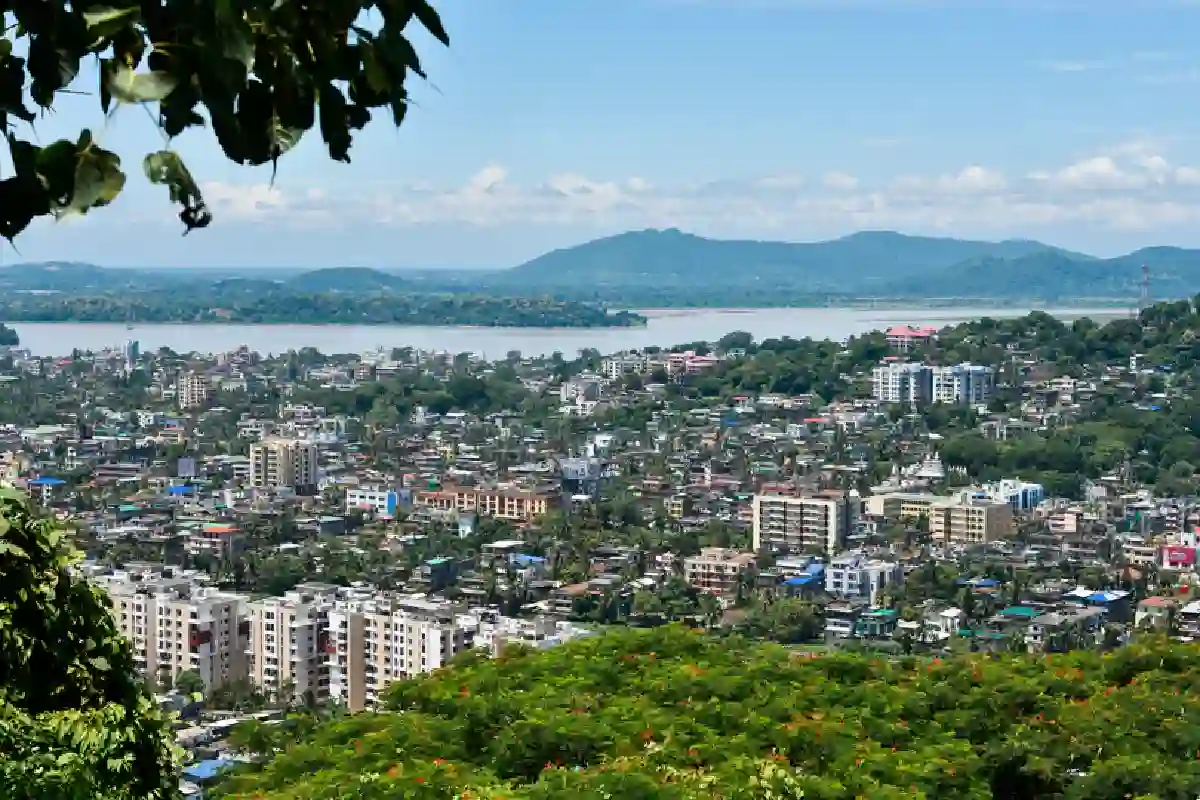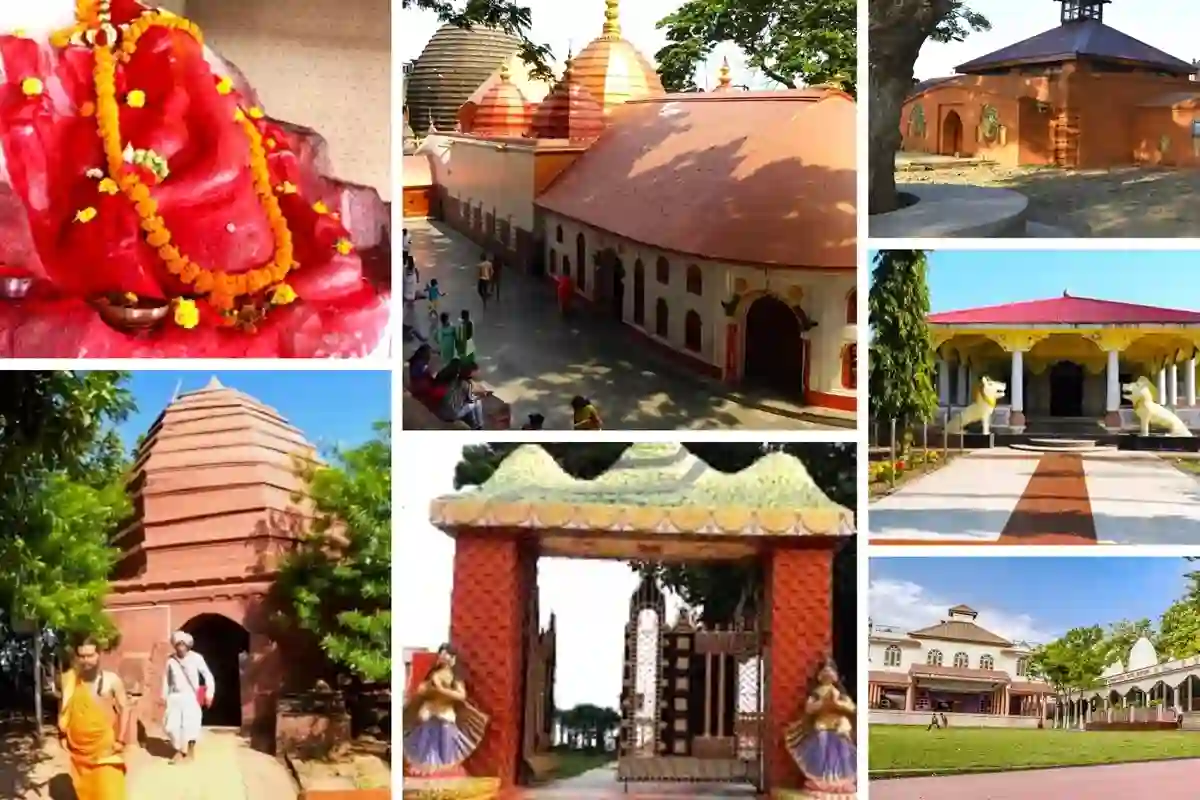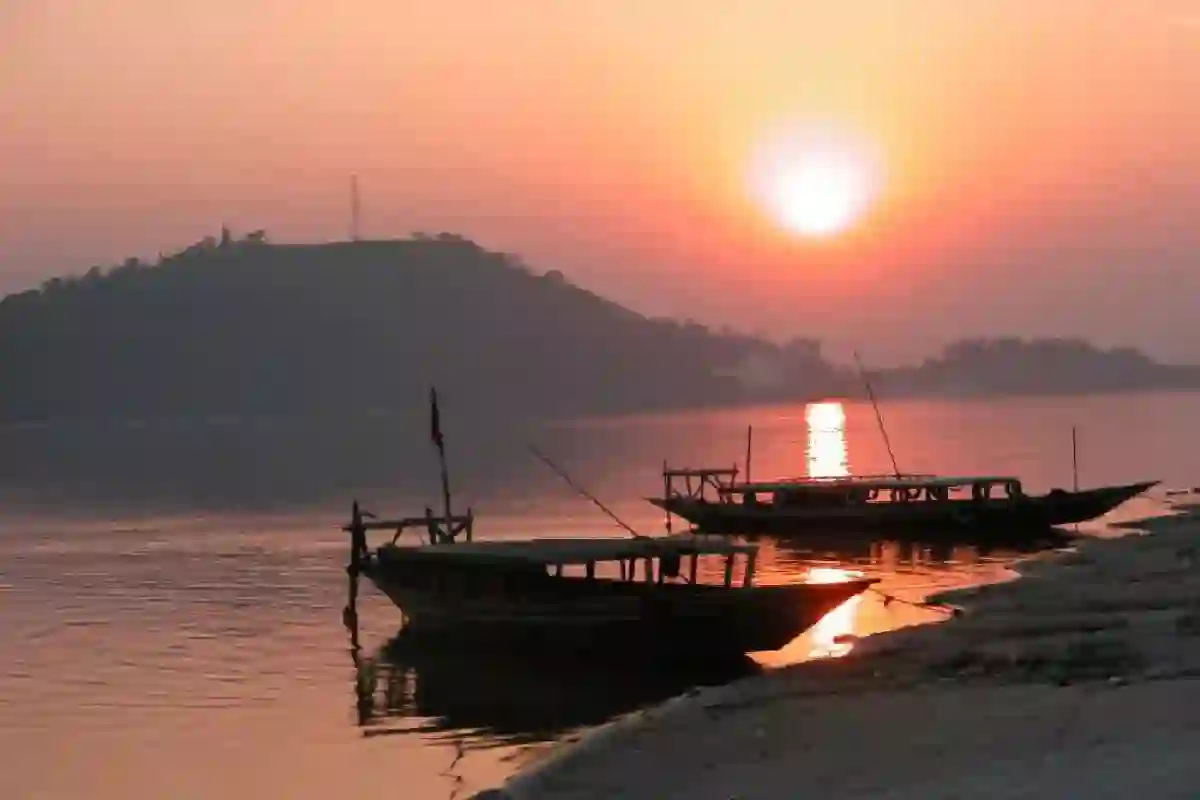Guwahati
Guwahati
Introduction
Guwahati, the largest city in Assam, is often referred to as the Gateway to Northeast India. Nestled along the banks of the Brahmaputra River, it is a vibrant blend of cultural heritage, spirituality, and modern development. The city is famous for its ancient temples, lush landscapes, wildlife sanctuaries, and lively markets, making it a popular destination for pilgrims, nature lovers, and travelers alike.
Guwahati is home to the renowned Kamakhya Temple, one of the 51 Shakti Peethas and an important pilgrimage site for devotees of Goddess Shakti. The city also has other significant temples like the Umananda Temple, Navagraha Temple, and Basistha Temple, making it a sacred hub for Hindu worshippers.




- Winter (October to March): The most pleasant season to visit Guwahati for a pilgrimage. The weather remains cool and comfortable, ideal for temple visits and exploring spiritual sites.
- Festive Season: Visiting during Durga Puja, Navratri, and Ambubachi Mela at Kamakhya Temple enhances the spiritual experience.
- Avoid Monsoon (June to September): Heavy rainfall may disrupt travel plans and make temple visits inconvenient.

- Visit Kamakhya Temple: A revered Shakti Peeth, dedicated to Goddess Kamakhya, attracting thousands of devotees.
- Explore Umananda Temple: Located on Peacock Island in the Brahmaputra River, a serene place for spiritual seekers.
- Seek Blessings at Basistha Temple: A historic temple dedicated to Sage Vashishta, surrounded by nature.
- Experience Navagraha Temple: Known as the ‘Temple of Nine Planets,’ ideal for astrology-related remedies.
- Attend Ambubachi Mela: A major spiritual festival celebrating the divine feminine energy at Kamakhya Temple.
- Take a Brahmaputra River Cruise: Enjoy peaceful boat rides with a view of temples along the banks.
- Visit Balaji Temple: A well-maintained South Indian-style temple offering divine peace.
- Explore Sukreswar Temple: An important Shiva temple with a scenic river view.





 Home
Home  Whishlist
Whishlist  Compare
Compare  Checkout
Checkout